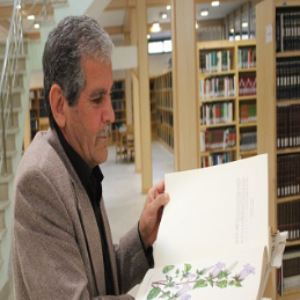Title : Aromatic plants, aromatherapy, addiction, and human behavioral health
Abstract:
The total of the herbal, animal, and mineral knowledge used in the maintenance of health and treatment of illnesses is from nature. Natural medicine or herbal therapy in Iran was left by the great physician Avicenna (980-1037 A.D). So, up to now, all scientists have followed traditional remedies and are interested in finding ways to natural treatments. Iranian botanists have led to the recognition of around 150 spontaneous families of Angiosperms, including 124 Dicotyledonous, 22 Monocotyledonous, and 4 Gymnosperm families. Totally, there are about 1450 genera and 8000 species, of which nearly 1000 species are medicinal and aromatic plants. Data shows the olfactory system, the nose-brain association, is the most direct connection we have with the environment or nature. So, in this way, "Aromatherapy", which uses aroma from nature, can be defined as the art of utilizing naturally extracted aromatic components from different parts of aromatic plants to balance, promote health, improve sleep, psychological and spiritual wellbeing, reduce addiction, and relax the mind and body. Some important aromatic plants are Mentha piperita, Citrus aurantium, Lavandula angustifolia, and Rosa damascena blooms, which the average amount found in 60,000 rose blooms (6,000 kg) produces 1 kg of rose oil. Attention is given to everyone. Nowadays, many perfumes or oils obtained from flowers, seeds, or leaves are produced almost synthetically. So, this research focuses on extracting essential oils as natural products to substitute synthetic compounds by steam or hydro-distillation processes.




